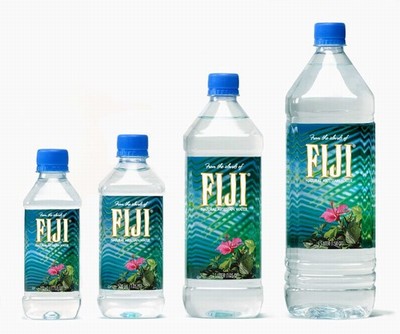The
Automotive X- Prize was launched in 2006-2007 to inspire the creation of the first safe, practical vehicle to achieve 100 miles per gallon. The prize: $10 million.
The prize was
awarded earlier this Fall to 3 teams.
(Follow this link to an NPR story.)
The
Edison 2 (top right) achieved

an MPG above 100 using an internal combustion engine. It took home $5 million. The
Li-ion (middle right) is a hybrid. The
X-tracer (bottom right) is battery powered.


Because vehicles can achieve their efficiency using different fuel sources, the competition relies on an MPG measure called "MPG equivalent," or
MPGe. The denominator for MPGe is created by translating all energy sources used (gas, electricity, etc.) to the energy equivalent of burning a gallon of gas. MPGe has the virtue of allowing one to compare and then combine across energy sources. However, it inherits all the usual problems of MPG--an improvement from 10 to 11 MPGe saves the same amount of energy as the improvement from 50 to 100 MPGe for a given distance of driving. (Aside: A "gallons equivalent" per 100 miles would fix this illusion.) A second fundamental problem with MPGe is that, because it mixes energy sources into a single number, it obscures the cost and greenhouse gas emissions of different vehicles.
Fast Company wrote this about the
Edison 2 (top right):
The highly aerodynamic vehicle has wind-shrouds over its tires and weighs a mere 840 pounds on the road, both of which help it with its phenomenal fuel efficiency (for comparison the top-selling, well-known and supposedly eco-friendly 2010 Toyota Prius manages just 50 MPG--half the VLC's ability).
We're particularly taken with the look of the thing. It's by no means conventional, nor is it approaching the sort of design and engineering requirements a real, sale-worthy road-going car would need (although it's got heating, ventilation and passed some of the tests required for a car to go on sale in the U.S.). But it looks extraordinary--much more attractive than the odd electric Aptera, with which it shares some design cues. And this, more than anything, helps it promote the notion of alternative power and alternative design in cars which might help more eco-friendly cars race onto the market.
These cars are not actually ready to be commercialized. As noted in the NPR story:






